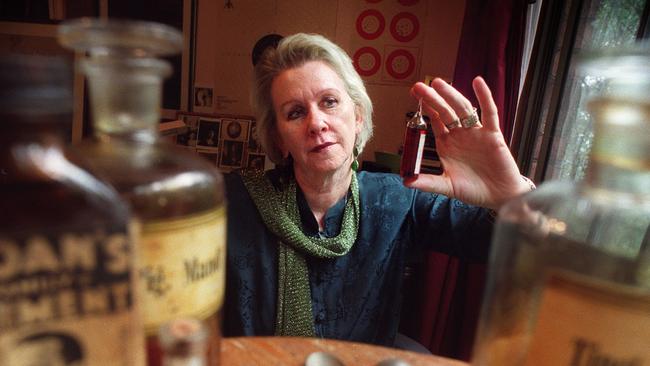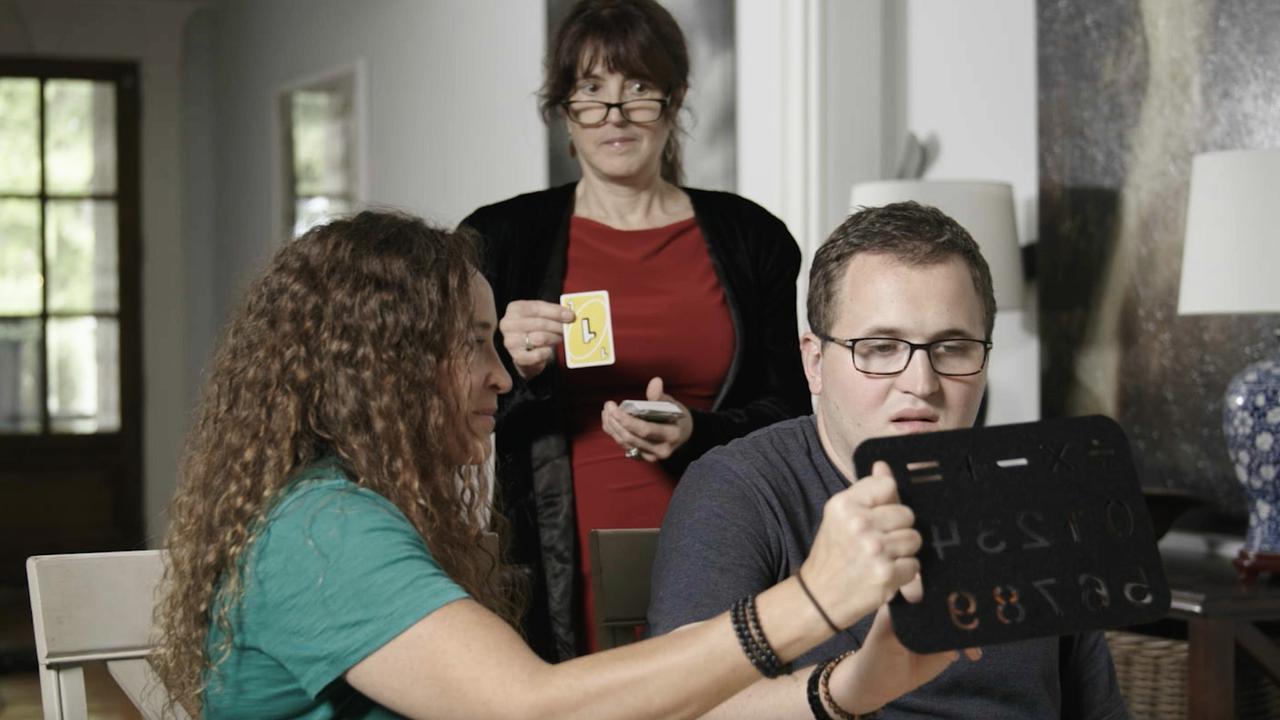History’s mysteries: Poison and its companions
Helen Garner celebrates an author who combines lethal clinical science with poetic human storytelling.

Gail Bell is that rare and valuable thing, a scientist with a literary soul. She is a chemist by profession but a writer to the core. Thus she is well placed to excavate the dreadful suspicion that her family hid for decades, even from itself: that in 1927 her grandfather poisoned his two little sons with strychnine, and got away with it.
‘‘By inclination and training,’’ writes Bell, ‘‘I’ve spent many years thinking about the bad stuff, poison and its companions: secrecy, death and storytelling.’’
It seems, then, that her whole working and reading life has been a preparation for her telling of this story. But The Poison Principle is much, much more than an investigation of a crime. It does not lend itself to a neat summing-up, and a single reading will not exhaust what it has to offer.
The book is a cornucopia, a teeming world that one can fruitfully get lost in. It rewards a double approach — a dreamy following of the wandering narrative thread, and a close concentration on each packed yet relaxed sentence.
Bell folds her family’s mystery into a sophisticated fabric of stories gathered from a broad field of reading and thinking. She is as much at ease in high literature, psychology, alchemy and myth as in the cool-headed language of modern science. She has a scientist’s ability to articulate gruesome processes with a detachment that makes them fascinating rather than repellent.
Here, I think, lies the strange beauty of the book: the combination of that icy clinical eye with a poetic instinct for soul, a tender curiosity about human matters that reason alone cannot account for.
And what an engaging, witty, authoritative voice she has — what a light touch. She strides across the history of poisons, their uses and meanings. She is always elegant, gliding and bounding and landing in astonishing places. In the British Medical Journal of 1862, for example, she finds the tale of a crinoline made of a cloth whose green dye, a paste including a form of arsenic, makes it ‘‘dazzle like an emerald. Fully rigged for dancing in matching gown, headdress, fan and shoes, the young lady is carrying enough arsenic on board to kill everyone in the room.”
She tosses off a casual aside — ‘‘the American ambassador to Rome who slept under a ceiling of peeling arsenic roses’’ — or lays down a riff on cyanide and its ‘‘speed and surprise’’, qualities attractive to ‘‘the suicide who doesn’t care a fig what the body looks like after death’’ — for cyanide has a ‘‘tendency to turn the mouth, and sometimes the whole face, bright blue’’.
Indeed, the colours of all the poisons enchant her: ‘‘ruby red crystals ... brick-red … brilliant yellow powder … a crystalline white cake’’. She rescues from oblivion a certain doctor who ‘‘personally applied dabs of poison to blowflies’’. But her tone modulates into reverence when she speaks of antidotes that ‘‘come out of the shadows, like kind spirits holding lamps’’.
Through the rich texture of these ruminations she threads her persistent, unhurried search for the truth about the two little boys who died at Katoomba in 1927. They perished, according to an aunt whose reluctantly whispered version is the only one available, at the hands of their father.
Tirelessly and subtly Bell works at deconstructing this story. Her grandfather, she learns, was ‘‘a chemist who posed as a doctor in country towns’’, ‘‘a dabbler’’ in poisons who worked at ‘‘the ratbag end of medical practice’’, a self-inventing charlatan whose patients trusted him because he ‘‘had warm hands’’. But every trail leads into further silence and darkness.
At last she is obliged to accept that the truth about her little uncles’ deaths will always elude her. But like many an exhausted researcher who can’t quite put the story down and walk away, she takes a last look at one of the documents, and the crucial fact leaps to her eye. The story swings around like a boat on a change of current. Her discovery has the power to demolish her family’s myth of itself.
When she triumphantly lays the fruits of her research before her father, he is not, she writes, ‘‘as eager to accept my gift as I was to give it’’. Some facts are ‘‘too potent on their own, too stark’’. Humbled by his quiet resistance, by his unspoken need to go on believing the version that protects him from what he could not bear, she learns again the respect that is owed to the unknowable, to the private ways in which wounded people teach themselves to go on.
Helen Garner is a writer. This is her introduction to a new edition of Gail Bell’s The Poison Principle, published by Xoum ($24.99).


